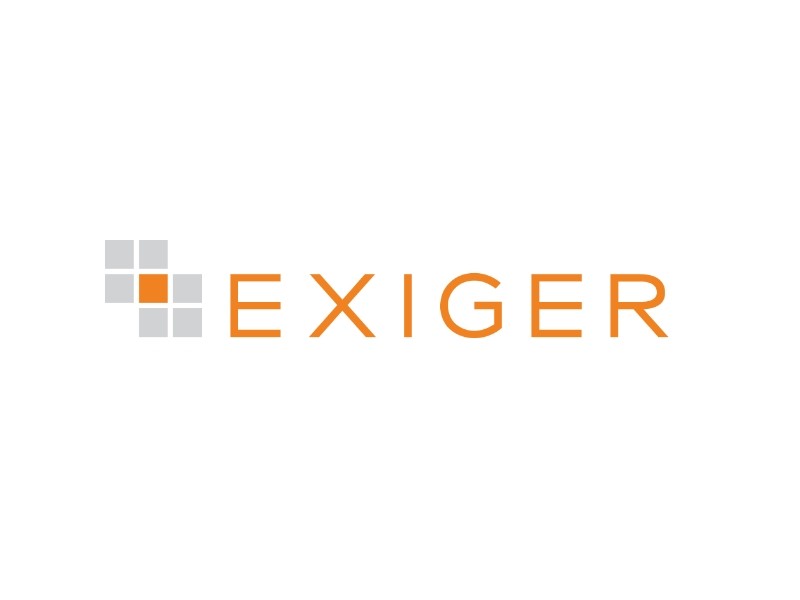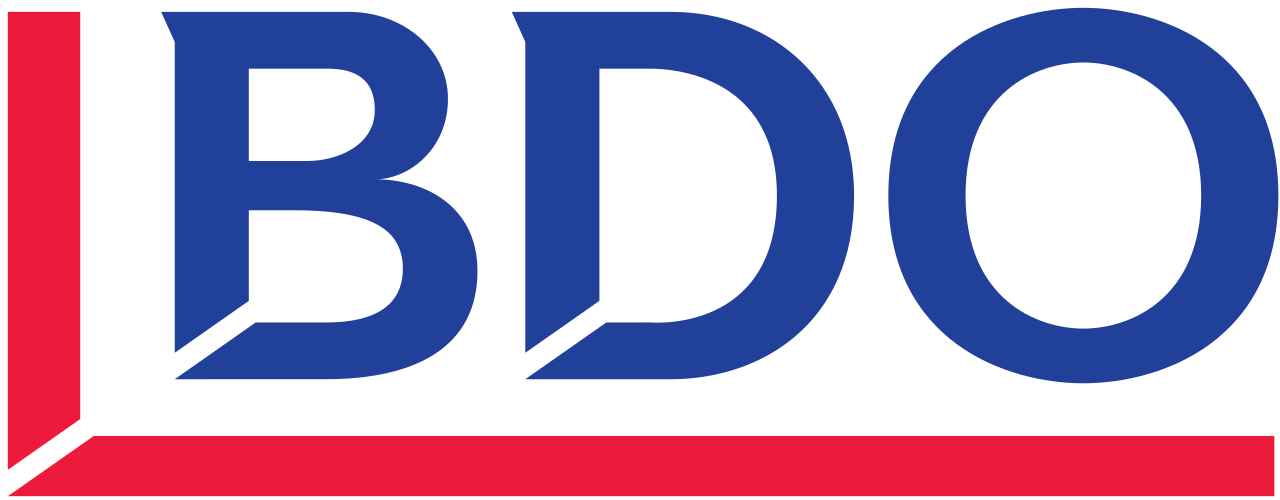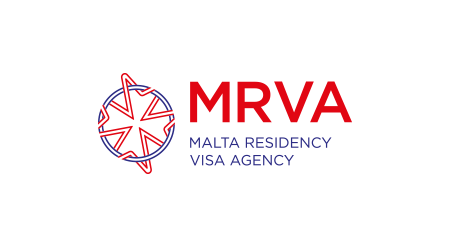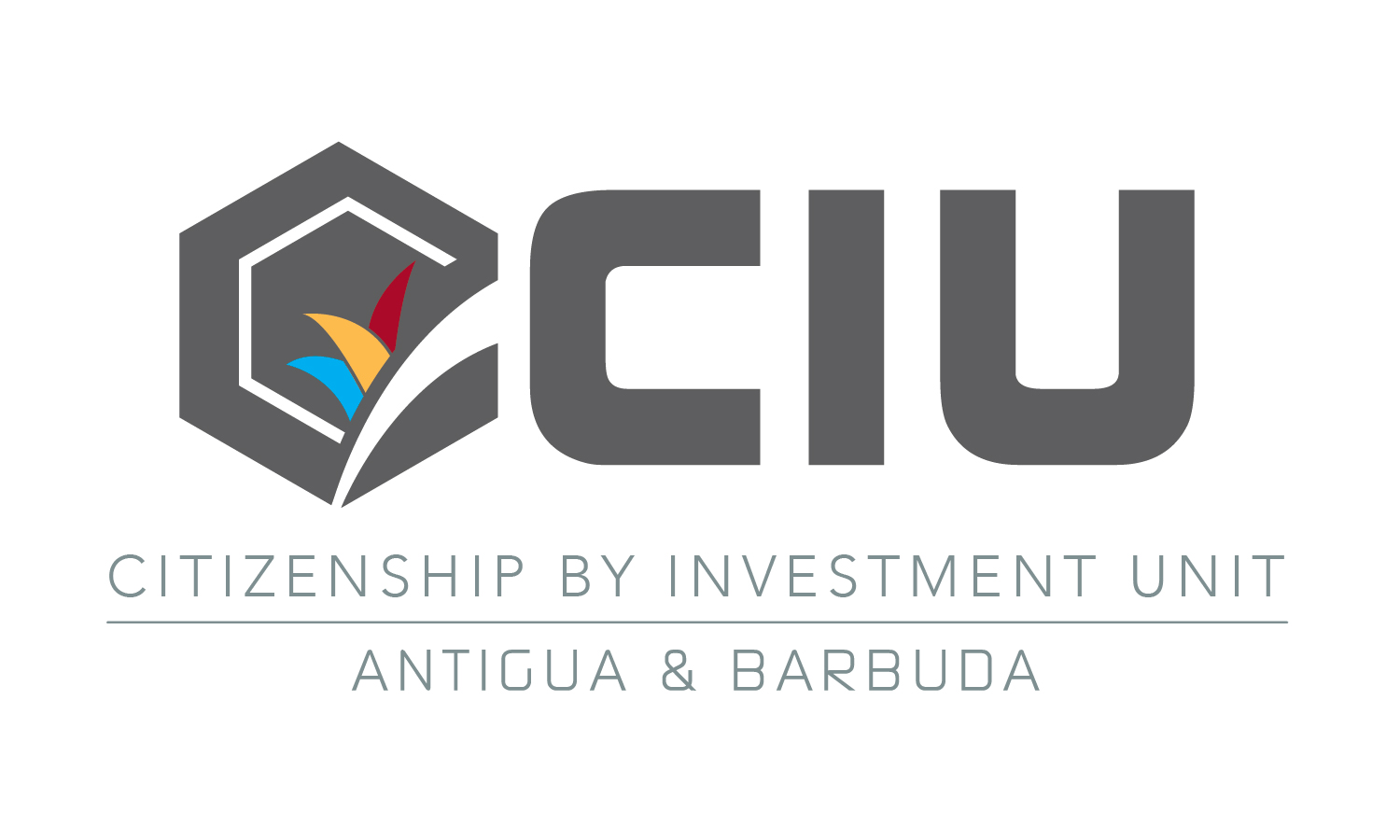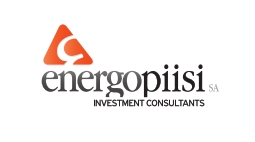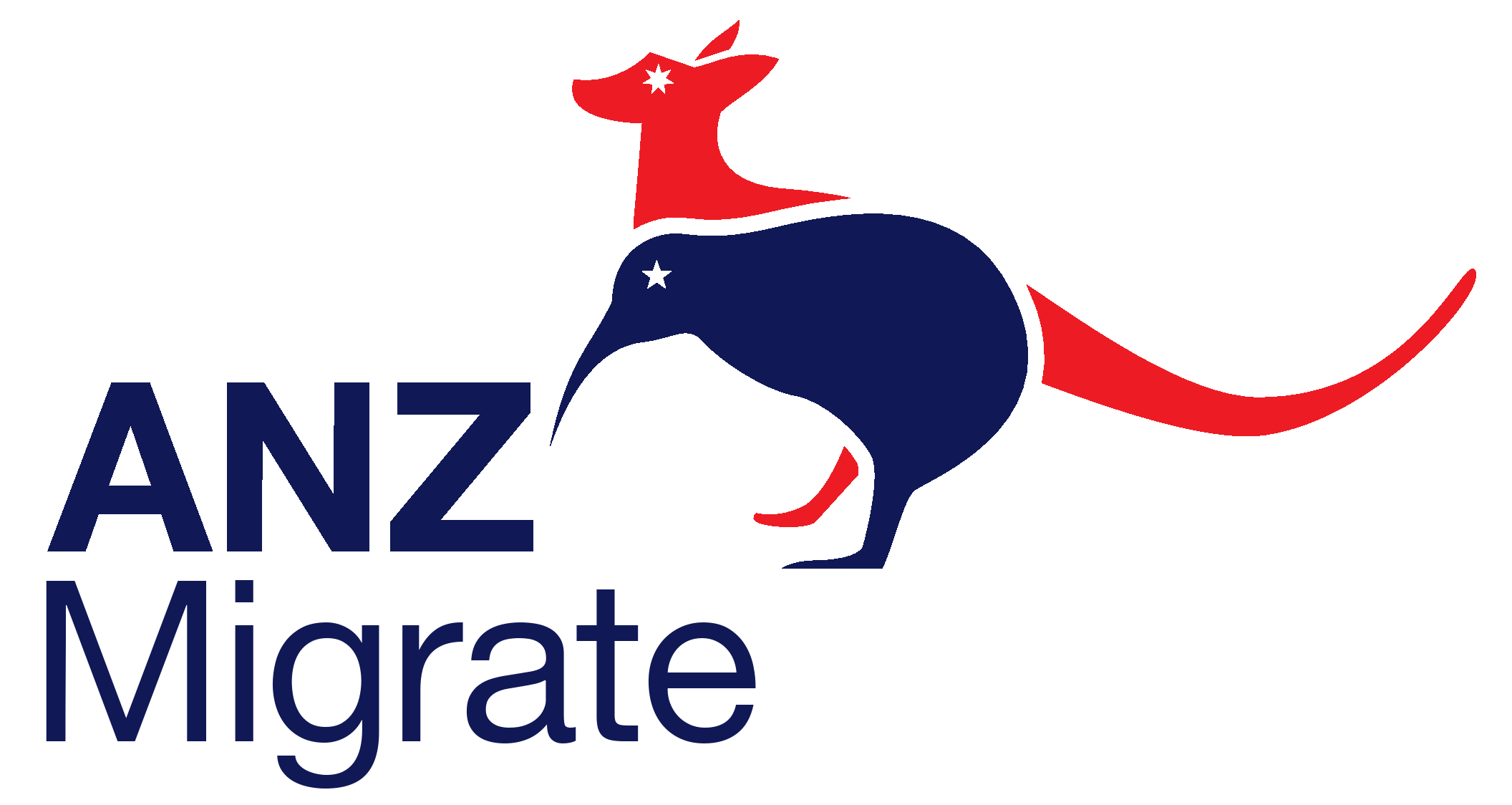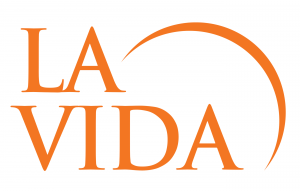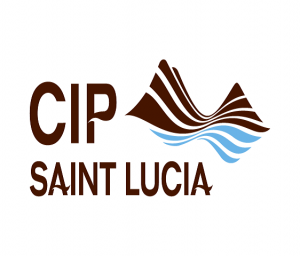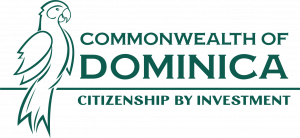Report: IM Yearbook 2019/2020
Media: Investment Migration Yearbook 2019/2020
Sector: Investment Migration
Publication Date: June 2019
BOB KRAFT, PRESIDENT OF IIUSA
Time for Renewal
America’s EB-5 Programme has been the most successful immigrant investor programme in the world. However, a series of short-term extensions and the constantly growing quota backlog mean its future remains uncertain. The IM Yearbook spoke to Bob Kraft, President of Invest in the USA (IIUSA), the industry trade association of the EB-5 Regional Centre Programme, about the way forward.
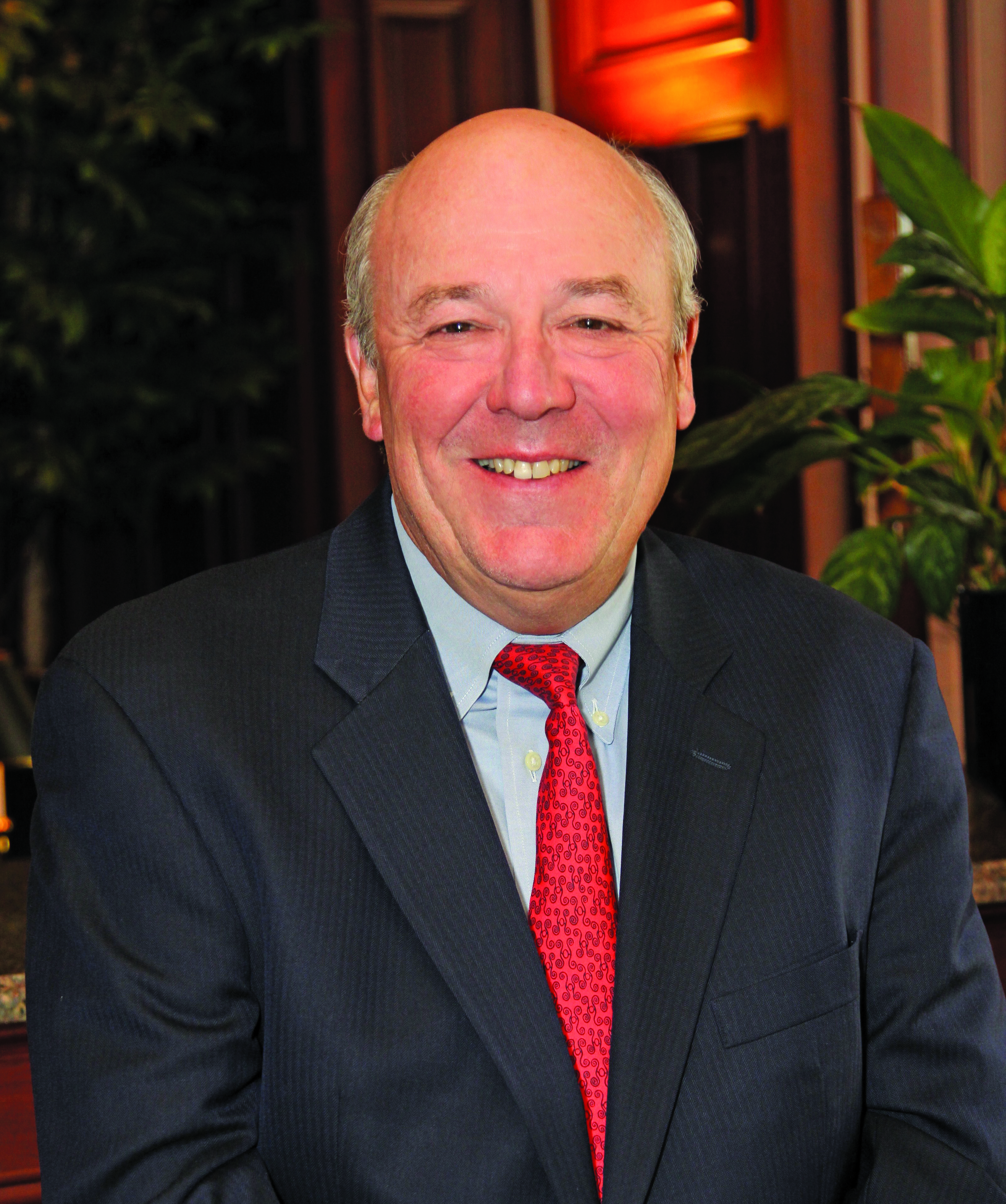
Bob W. Kraft, President of IIUSA
An increase to 50,000 investor visa units and a rise in the minimum investment amount to roughly $750,000 are some of the suggested changes that Bob Kraft, President of Invest in the USA (IIUSA), believes are necessary but sensible enough to ensure the future success of the EB-5 Programme. Over the years many have called for significant reforms of the EB-5, especially when it comes to the Regional Centre Programme, amid concerns about fraud. The programme has however remained unchanged, but Kraft says the potential for a thorough legislative overhaul has never been greater. “For a long time, the US industry was very fragmented in its positions, and it was only recently that we managed to find common ground that allows us to speak with one voice and drive the discussion forward,” says Kraft.
30 Years Running
Since its inception in the 1990s, the EB-5 Programme has seen a total of 20 extensions, but without the much-needed reforms. The latest extension is running through to the end of September 2019. The EB-5 Programme is far too valuable to the US economy to simply end it. According to IIUSA, the programme has raised more than $35 billion since 2008.During the federal fiscal years (FY) 2014 and 2015 alone, nearly $11 billion in capital investment was in-vested in EB-5 projects, accounting for 2% of all Foreign Direct Investment net flows to the US economy. More than 355,000 jobs were created as a result of the programme in FY2014 and FY2015 alone. “During the 2007/2008 downturn, EB-5 money was actually responsible for a large part of economic activity because funding from the banks dried up. It is a great tool that has been very effectively used across the country,” says Kraft. He highlights that in the early days of the programme, EB-5 money accounted for as much as 100% of project funding, which then moved down to 50% of project value, and today comes in at around 25%. A whole host of projects are partly financed by EB-5 money, ranging from hotels and manufacturing plants to hospitals, schools and metro systems.
Driving Reform
While many within the industry have long acknowledged the need to overhaul the programme, Kraft mentions that disagreement between the various stakeholders on the way forward meant it was difficult for US lawmakers to put a package together that was acceptable to everyone. They wanted the industry to work out a solution and then come back. “One year ago, we agreed to look beyond the animosity in the industry and identify those areas where we were in agreement, compromise on issues on which we could not get together in the past, and present a united front to Congress. Since then, we are having weekly meetings with the groups that are working on new legislation.”
However, bringing the industry together is not the only hurdle. As in other countries, the whole immigration debate is very emotional and “has been a political football used by both parties”. The EB-5 industry is just “a tiny piece of the overall immigration picture, although we are probably the most productive. However, disagreement on the entire immigration issue has thus far also prevented any advancement on the EB-5 front.” IIUSA is now hoping to get its bill re-written and get Congress to tackle EB-5 separately from other immigration questions. “I am optimistic that all these efforts will lead to updated legislation,” says Kraft.
Priority Areas
IIUSA is targeting a six-year authorisation, “which would place the programme on very solid footing”. The number one priority is to increase the number of visas that can be issued. “Part of the problem was that the cap of 10,000 visas was interpreted in a way that family members were counted as individual visa holders. A cap of 50,000 investor visa units, combined with the proper interpretation of family members and main investors, would provide the programme with a solid runway for growth,” says Kraft.
Still, there are some contentious issues. “We are not in agreement with raising the minimum investment to $1.35 million as indicated in the recent draft regulation.” While IIUSA does not contest the need to increase the required investment given that it has remained at $500,000 since the programme’s inception, an increase to $750,000 or $800,000 is seen as acceptable from the industry’s point of view. US lawmakers, however, are looking to other international programmes where applicants routinely pay in excess of $1 million. Giving the standing of the US in the world, lawmakers believe the US programme should be on par, if not ahead of what other jurisdictions are requesting.
Other aspects of the regulation aim to strengthen reporting standards and are putting more responsibility on regional centres to protect investors. “These elements will be beneficial, as would be a faster processing time. We also aim for more clarity with regard to the projects that qualify for funding from the programme,” says Kraft. One of the key criticisms about EB-5 is that investment is not always channelled into rural and high-unemployment areas as it was originally intended. Kraft believes that more clarity will help EB-5 to fully unleash its potential for job creation.
BIO: Robert w. Kraft is the President of IIUsA’s Board of Directors and has been an active member since 2007. he is also Chairman, President and CEO of FirstPathway Partners (FPP), a firm that helps foreign investors become United states citizens under homeland security’s EB-5 Regional Centre Programme. he has more than 40 years of international business experience at the Executive and Board levels.
 Related Content
Related Content
We Need to Enter an Era of “Coopetition”
Successful industries thrive on having the culture and ability to compete vigorously but at the same time collaborate strategically - ‘coopetition’, and the investment migration sector is no exception, says Martin O’Connor, CEO of Kylin Prime Group.
Time for Renewal
America’s EB-5 Programme has been the most successful immigrant investor programme in the world. However, a series of short-term extensions and the constantly growing quota backlog mean its future remains uncertain. The IM Yearbook spoke to Bob Kraft, President of Invest in the USA (IIUSA), the industry trade association of the EB-5 Regional Centre Programme, about the way forward.
Taxing Times: Why the OECD Didn’t Get it Right
Zac Lucas talks about the Common Reporting Standards, the OECD’s blacklist and the need to bring immigration consultants into the regulatory fold.
Investment Migration: The New Normal
With 30 years of experience in financial services and as a former private banker, Juerg Steffen knows what effect regulation can have on the dynamics of a sector.
Report Sponsors


